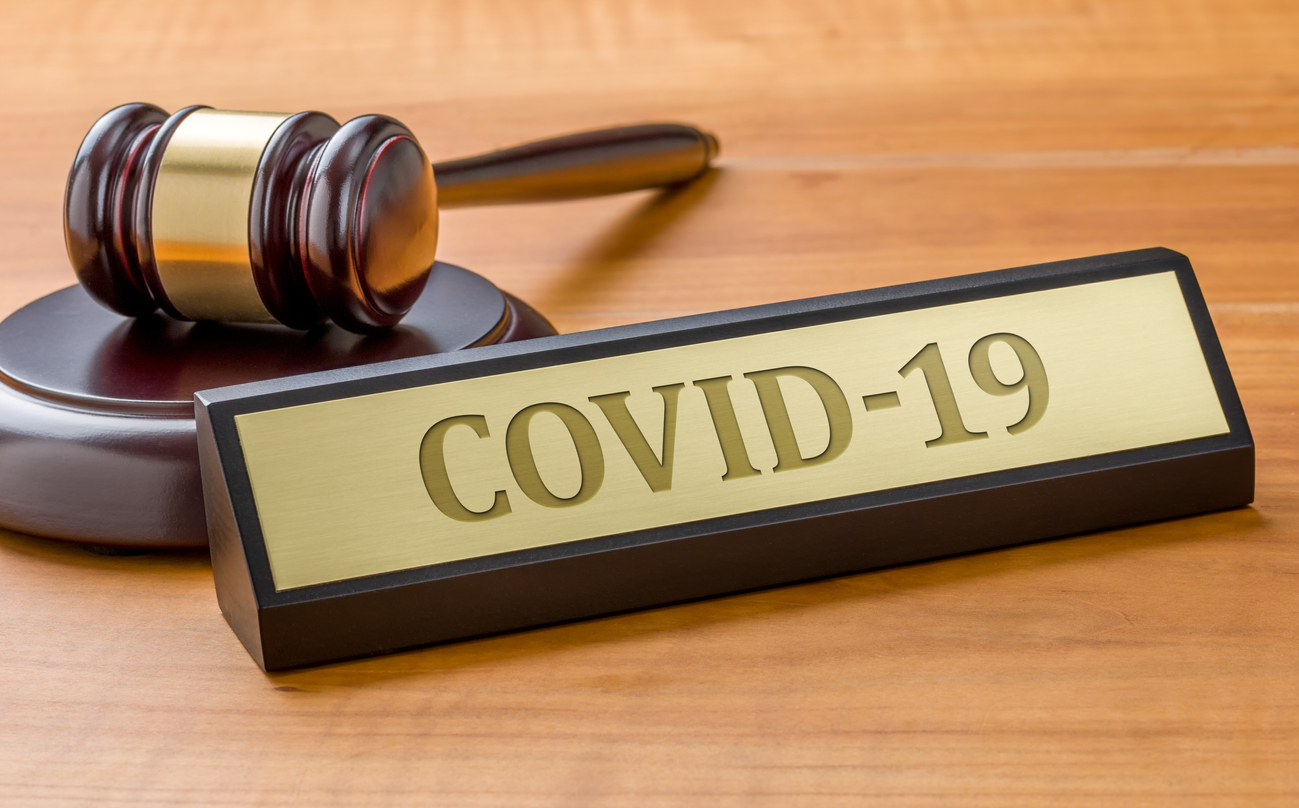I am picking up were I left off last week in my post titled A Wisconsin Policyholder’s Success in a Bad Faith Lawsuit Against Safeco, Part III, discussing a favorable bad faith decision against Safeco. My posts over the course of the last few weeks addressed the grounds upon which Safeco denied the Millers’ claim and the analysis applied by the Wisconsin federal Court when finding in favor of the Millers. This will be my second to last post on this decision, and I would like to start discussing the damages that were awarded.
The Court began its decision about damages with the following:
When an insurer acts in bad faith by denying benefits, it is liable to the insured in tort for any damages which are the proximate result of that conduct. As a result of Safeco’s bad faith, the Millers were forced to maintain two residences and incur some duplicate costs.
The Court determined that the following costs, totaling approximately $229,704.59, were proximately caused by Safeco’s bad faith and were awarded to the Millers: duplicate tax payments in the amount of $11,609.91; duplicate water and sewer payments in the amount of $1,494.97; duplicate electrical and gas payments in the amount of $2,997.32; and attorneys’ fees and expenses in the amount of $213,602.59. The Court did not grant the Millers’ claim for duplicate mortgage payments because the Court had already awarded the Millers $456,250.00 for the value of their property following the coverage trial. The Court did, however, award the Millers the interest portion of the mortgage payments totaling $68,181.52.
The Court also awarded the Millers their mitigation expenses, explaining as follows:
The Millers’ Policy provided the following: “We will pay up to $5,000 for the reasonable cost you incur for necessary repairs made solely to protect covered property from further damage, following a covered loss. This coverage does not increase the limit of liability applying to the property being repaired.” The Millers’ mitigation expenses, while not necessarily incurred for “repairs” in the ordinary sense of the term, were incurred solely to protect covered property from further damage. In fact, Safeco imposed a duty upon the Millers to “use all reasonable means to save and preserve property at and after the time of a loss, or when property is endangered.” Safeco offers no reason to suggest that the amount expended in this regard was unreasonable.
As such, the Court awarded the Millers the $3,000.00 that they incurred in mitigation expenses.
The Court did not award the Millers’ expenses incurred with respect to another property they owned called the Laramie Lane residence. The Millers argued that they had to take the Laramie Lane property off the market and live there and, as a result, lost an opportunity to sell that property. In rejecting this claim, the Court noted that the sale of that property was dependent on other factors that were beyond Safeco’s control.
The Court also declined to award the Millers the money they spent pursuing their claims against the seller of the damaged property. After a detailed analysis, the Court held that because Safeco’s bad faith did not proximately cause the expenses incurred in pursuing claims against the seller, these expenses would not be awarded as bad faith damages.
The Court awarded other damages, which I will discuss next week in my final post about this decision. Please tune in.


